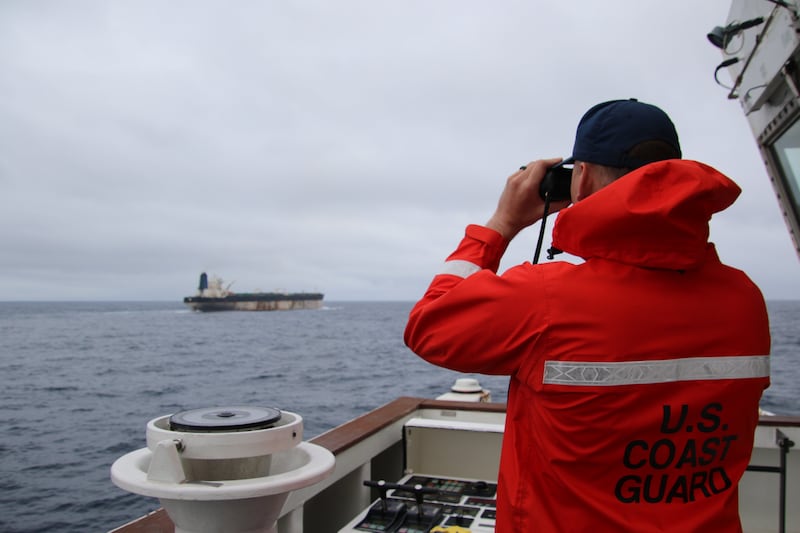Four primary schoolchildren are huddled around a computer with their teacher in a classroom in Castaheany’s Educate Together national school in Dublin 15. On the screen are readings from a weather observation station they have placed in their yard.
“The wind is coming from the southwest today,” says 11-year-old Siya Daniel to her classmates, “It’s warmer than it was yesterday.”
The children make predictions on the weather for the upcoming days, based on the readings the weather station took over the preceding 48 hours. “It will be warmer,” they all agree.
The children are taking part in a schools weather project, in which 16 schools in the Fingal County Council area have installed weather observation stations.
READ MORE
The stations provide real-time local weather information to a data portal via wifi, which is then provided to both Met Éireann and US Government Agency Nasa.
Those involved in the project said it provides more accurate data on wind speeds, which affect coastal erosion.
Previously, coastal erosion models relied on wind speed data collected at Dublin Airport. However, with the airport further inland, the provision of weather stations across Fingal’s coast by the schools has supplied more detailed information and showed higher wind speeds than previously modelled for the areas concerned.
The new data also gives a more accurate understanding of river responses to different rainfall depths, meaning the council’s flood section can also make more accurate flood predictions and deploy flood protection measures in the right places at the right time.
Robert Coakley, one of the children involved in the project, said it’s “so cool” that the data collected from their school is sent to Nasa.
“We’re aware of Nasa trying to realise what the weather is like in different countries and different areas and to know why it’s like that. It feels like we’re helping with that,” he said.
Siya Daniel said climate change is scary, and they want to be able to help make a difference.
“The more years that go by, climate change is getting worse and worse so we have to try to be aware to see how we can try to help the earth.”
According to Donal McGuirk, the teacher leading the project in the school, the weather station’s data is uploaded to Met Éireann’s publicly-available weather observation website.
“We’ve got access to a portal so we can see our own weather, link it into weather stations all around Fingal, all around Ireland, all around other territories where these weather stations have been installed,” he said.
“Plus, we have a forecasting app so it’s really good for the children so they can see what the observations are and they can make a prediction about what it’s going to be going forward.”
Aoife Mahon, deputy principal of the school, said it’s a “great opportunity” for the children to apply textbook learning to the real world.
“Essentially, and literally, it puts us on the map. The children are actually able to see the weather station out here and go online and see what the weather is like,” she said.
“It gives them a real link, and makes it really tangible for them. They can see exactly what’s happening online and in our school and see the connection between the two. The whole idea behind the primary school curriculum is that everything is linked together. This is making real-world links with the subject.”
The idea arose because Kevin Vallely, executive engineer with Fingal County Council, and the individual who pioneered the schools weather project, has always had an interest in climate and, particularly, erosion.
Outside of the learning outcomes for the children involved, Mr Vallely said the project also provides vital information for future planning and flood relief.
[ The subtle danger climate change poses to ‘highly vulnerable’ IrelandOpens in new window ]
“Nasa wants to use the data because they’re modelling all over the world. When they send satellites over Ireland, they’re comparing that to what they’re getting on the ground from the stations,” he said.
“It’s for climate change. These are helping to model plans we will need to deal with the effects of climate change. For example, last Christmas, Wexford got flooded but there’s no weather station in Wexford.”
Met Éireann’s head of observations Sarah Gallagher agreed, adding that the observations are “critical” in helping meteorologists produce accurate forecasts,
“They also provide a historic record of weather conditions that Met Éireann climate scientists use to monitor changes in the climate of Ireland.”















